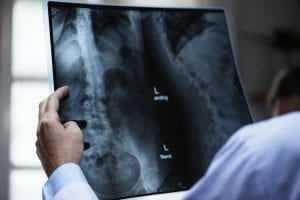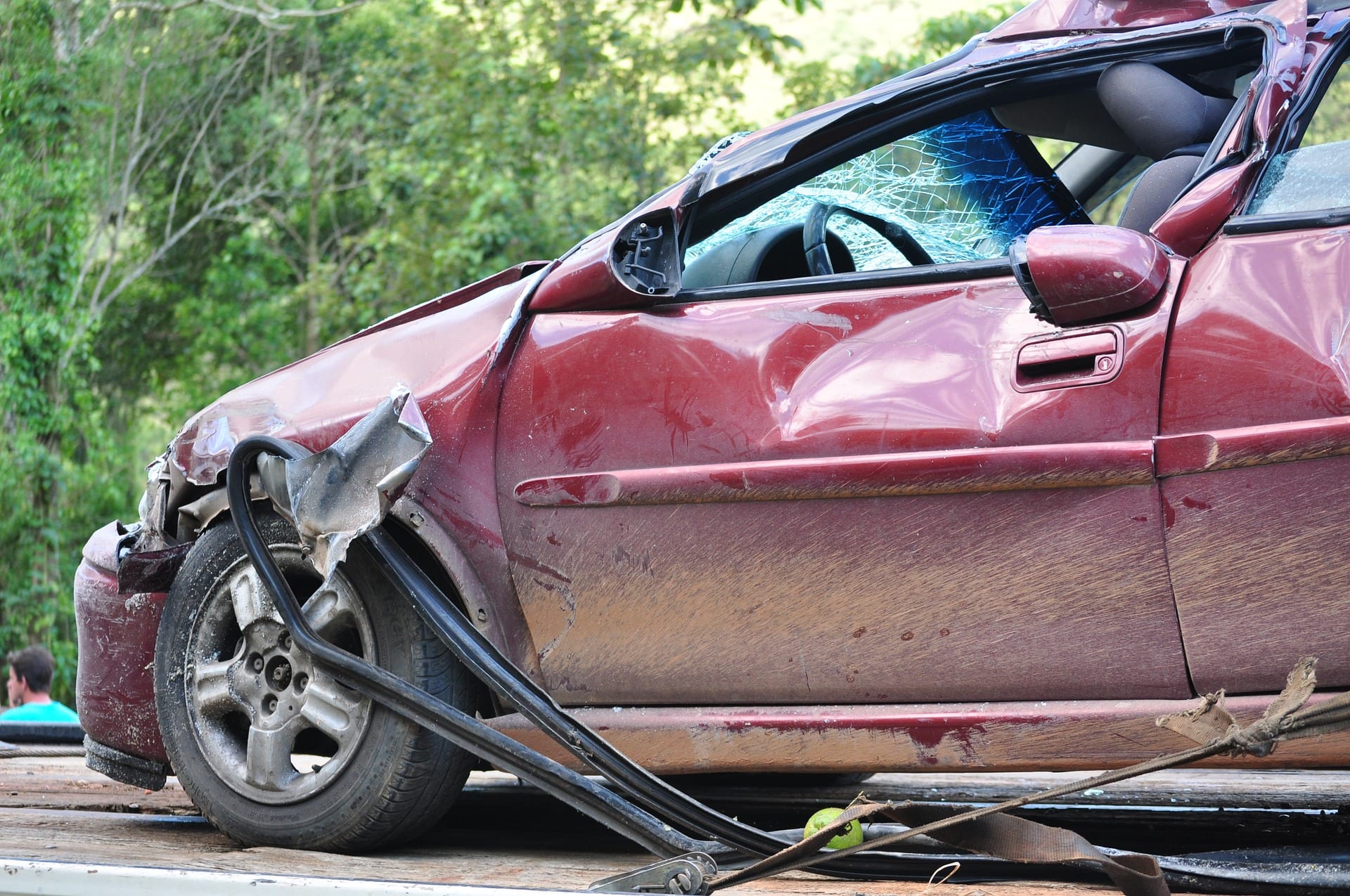If you are involved in a car accident, you should first focus on getting help.
In today’s world, our primary mode of transportation is by automobile. People commonly spend time behind the wheel almost every day. From commuting to work, dropping the kids off at school, or running errands, most people find themselves on the road very often. In Indiana, car accidents are sadly rather common. While some accidents might be relatively minor, other accidents can be deadly serious. It is important to understand the laws of Indiana and how they apply to accident cases.
Each state may have unique laws pertaining to how car accident cases are handled. Indiana adheres to a fault-based insurance system, and the driver deemed responsible for the accident must pay. Some damages and injuries are common in car accident cases and must be considered when determining how much a liable driver must pay. In addition, there could be criminal charges related to a car accident, depending on how the accident happened. If you were involved in an accident in Indiana, your first step should be consulting with a Fort Wayne personal injury lawyer.
Indiana Insurance Laws for Car Accidents
Each state may establish its own laws and rules regarding how insurance applies in car accident cases. Car accidents are very common, so these laws are necessary to ensure order and protect drivers. Generally, states either follow an at-fault or no-fault system. A no-fault system is one in which drivers turn to their own insurance providers first, and they typically receive a payout up to a certain limit regardless of who is to blame for the crash. However, no-fault systems often bar personal injury lawsuits for car accidents unless specific criteria, like the severity of your injuries, are met.
Indiana follows a fault-based or at-fault system. In an at-fault system, drivers must turn to each other to receive compensation for their injuries after a car accident. Getting compensation under this system requires proving the other driver is the one who caused the accident. Whoever is determined to be at fault is the one who must pay. Under this system, drivers might wait a bit longer before receiving any money, which can pose a problem for drivers with little savings to fall back on. However, an at-fault system allows drivers to file lawsuits and claim more damages than they would get through insurance alone.
Establishing Fault and Comparative Negligence in Indiana Car Accident Cases
Since Indiana is an at-fault state, the issue of proving fault is crucial to a car accident case. The police report from a car accident will be crucial in determining fault. When dealing with the other driver’s insurance company, the police report will likely be the key piece of evidence. Police reports are often full of important information like the identities of the drivers and witnesses, the location of the crash, and the extent of any injuries. The police might even include their own opinions about who is responsible for the crash.
If you cannot settle with the other driver’s insurance, you can file a lawsuit and take the case to court. However, in Indiana, police reports are typically not admissible as evidence. In Indiana, police reports are based on information and statements provided by other people and are typically considered inadmissible hearsay. However, a plaintiff could still use the police report as a tool to identify and gather potentially useful evidence that is admissible.
While you are trying to prove the other driver is liable for the collision, the other driver is trying to do the same to you. This is where Indiana’s rule of comparative fault or negligence comes into play. Under Indiana Code § 34-51-2-6, a plaintiff is barred from recovering any damages if their share of the blame exceeds that of the defendant’s. In cases with one defendant, this rule means that you cannot recover damages if you are more than 50% responsible. If there are multiple defendants, your share of the blame must exceed the total degree of fault shared by all defendants before you are barred from recovery.
Common Damages and Injuries in Indiana Car Accidents
Indiana provides for multiple forms of damages in car accident cases. First and foremost, there are compensatory damages that are available in most cases. Compensatory damages cover the expenses you incur both directly and indirectly from the accident. Compensatory damages may cover economic losses like medical bills and the cost to fix your vehicle. They can also cover non-economic losses like pain and suffering.

In some cases, there might be an issue of advanced damages. Advanced damages may include money paid to a plaintiff by a defendant before any findings of liability. In many cases, advanced damages are paid because the defendant feels bad for the plaintiff’s injuries. Often, this is meant more as an act of kindness and is not intended with any legal strings attached. For example, one driver might offer to pay the hospital bills of the other injured driver as a courtesy or kindness. According to Indiana Code 34-44-2-2, advanced damages cannot be construed as admissions of liability, nor are they admissible as evidence. However, if a plaintiff is successful and is awarded damages, their damages might be reduced by the amount of any advanced damages previously paid.
Punitive damages may also be argued for in a car accident case, but they are not always awarded or available. Punitive damages are not meant to compensate a plaintiff for their injuries or expenses from the car accident. Instead, punitive damages are meant to punish defendants for their wrongdoing. Under Indiana Code 34-51-3-4, punitive damages in Indiana are capped at three times the total compensatory damages or $50,000.
What to Do After a Car Accident in Indiana
If you are involved in a car accident, you should first focus on getting help. You, the other driver, or any passengers could be gravely injured and in need of immediate medical care. If you are relatively unharmed, you should stay at the accident scene until the police arrive to make a report. You should also see a doctor even if you have no external injuries. Many soft-tissue injuries are invisible but can be extremely serious if left untreated. You should also talk to a Fort Wayne car accident attorney as soon as possible. Handling a car accident case on your own may be too overwhelming, and you could miss out on the compensation you need to recover. A lawyer will have the skillset to fight for your best interests.


Join the conversation!